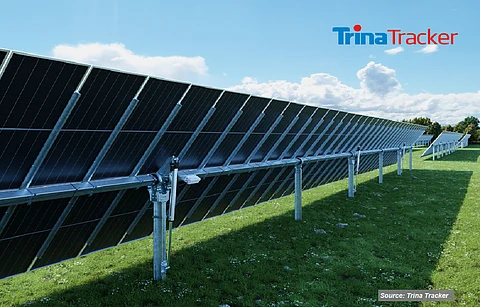

Energy yield predictions are essentially for project bankability. Commercially available energy yield prediction software employs datasheet information from the PV module manufacturers, such as temperature coefficients and low light performance, to forecast PV-generated electricity for given installation locations. Simulation results, in combination with assumptions for annual solar module degradation and an uncertainty analysis for long-term energy yield prediction, can be obtained with an appropriate level of confidence. Such software tools are also able to simulate energy yields from bifacial PV modules. As the energy yield of bifacial PV systems depends on many different factors, especially on the rear-side irradiance, its energy yield is not as simple to model as that for monofacial systems.
Mismatching: Several solar cells are connected in series and in parallel to create a module with the desirable voltage, current and power output. PV system designers have a high degree of flexibility regarding voltage and current values when wiring several modules in series into strings and the module arrays in parallel to each other. The performance of the array depends on the variability of the modules included and the cells in the modules. Variation in the electrical characteristics of one module's cells and the modules of an array results in power losses that are often referred toas mismatch losses. Nowadays, solar cells and modules are sorted to meet set tolerance values int he overall electrical characteristics in the production lines. Hence, mismatch losses are rather small. When it comes to bifacial modules, electrical mismatches occur not due to binning difficulties of the module manufacturers, but because of non-uniform irradiation, especially on the rear side of the panel. These mismatch losses depend on the bifaciality factor, the albedo values, the PV system's geometry and the weather conditions – and were reported in a technical paper from NREL as up to 1.5% for a very close-mounted rooftop system, while the losses of installations with trackers of a high-ground clearance rooftop system were lower at less than 0.5%.
If modules are installed on 2-in-portrait (2P) trackers, the mismatch can be reduced through appropriate design of electrical strings. The reflected sunlight on the rear surface of the modules varies between the rows based on their distance to the ground. Hence, it is more favorable to have modules from the upper row in different electrical strings than modules from the lower row to decrease mismatch (see Inverters For Bifacial Solar Panels).
The text is an excerpt from the TaiyangNews Bifacial Solar Systems 2024 Report, which can be downloaded for free here.
